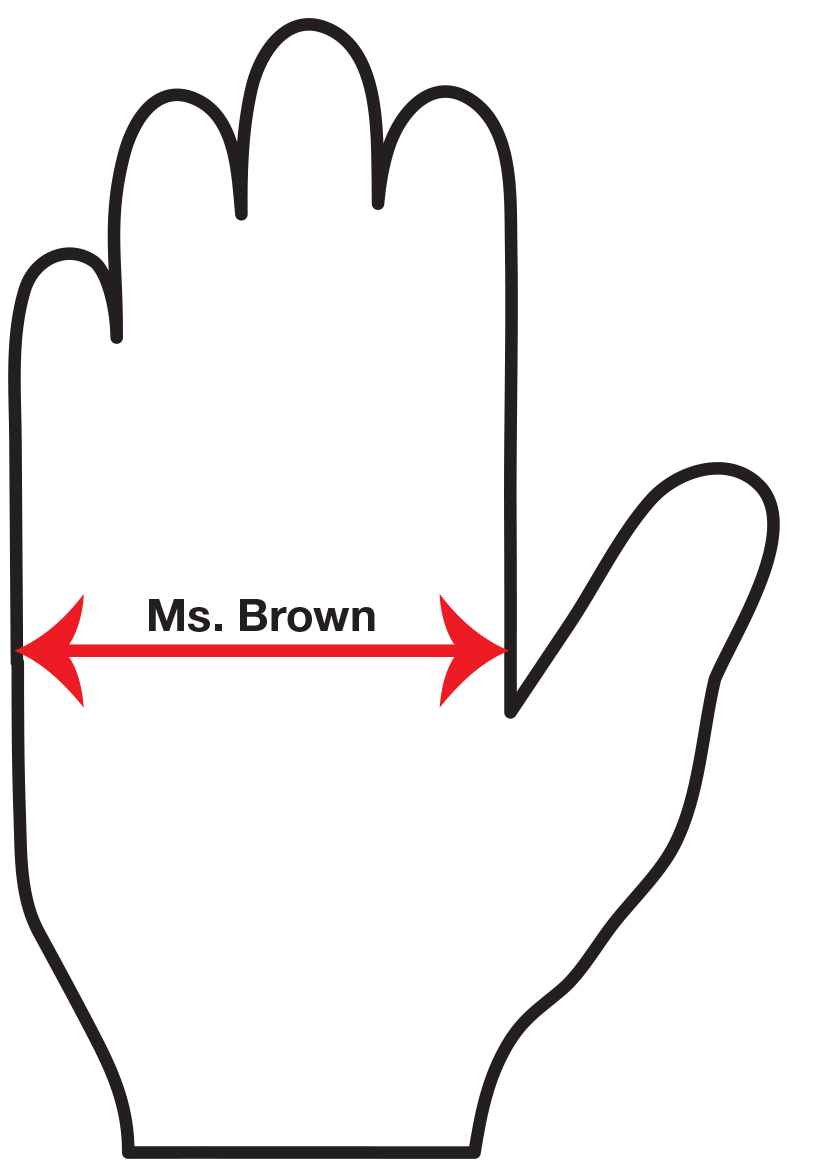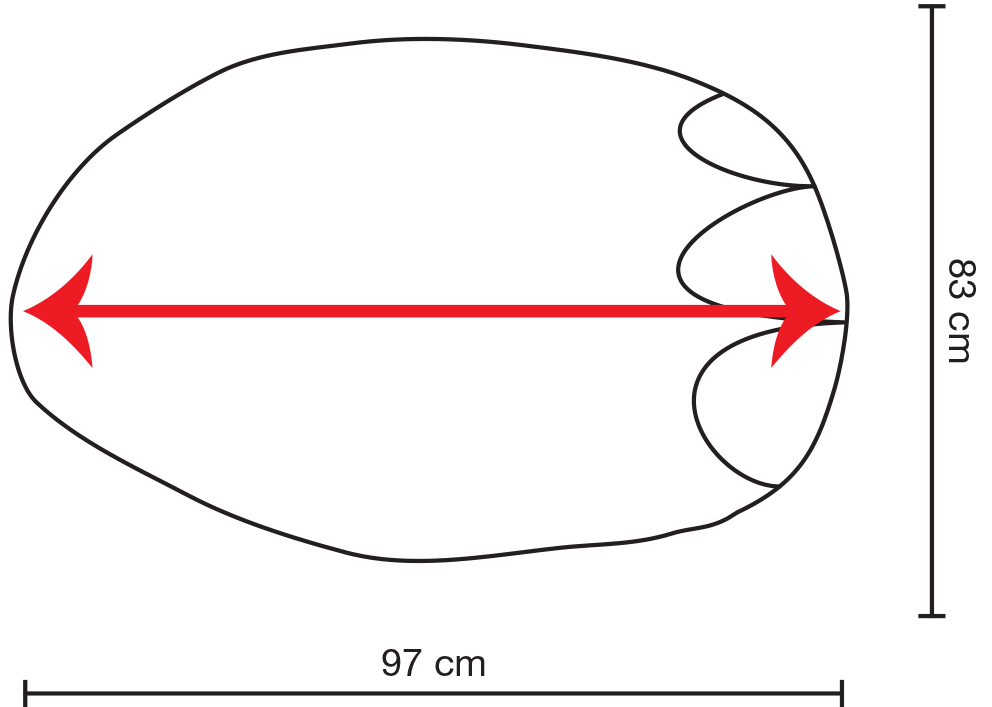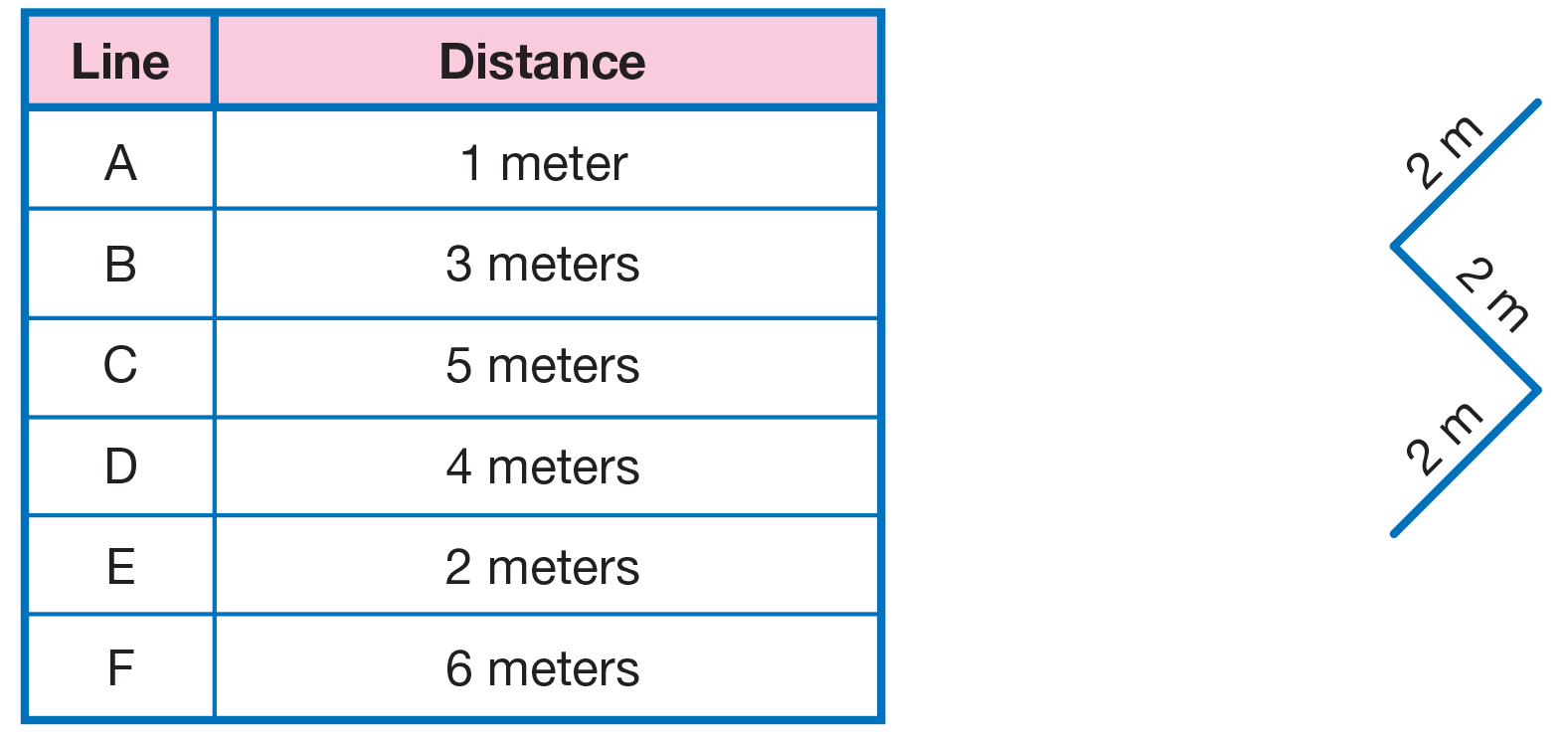|
|
Daily Practice and Problems |
Lesson |
Homework |
Assessment |
Student Book |
Student Activity Book |
|
|
|
|
Teacher Resources |
Teacher Guide - digital |
|
|
|
|
Supplies for Students
drawing paper
scissors
ruler
tape
Supplies for Student Groups
2 prepared Apatosaurus footprints from chart paper. See Materials Preparation.
Materials for the Teacher
Display of Measure with Palms (Student Activity Book) Page 173
Display of Measure with Footprints (Student Activity Book) Page 175
Display of Sam's Measurements (Student Activity Book) Page 177
Unit 4 Assessment Record
Math Facts Class Record
Actual Size by Steve Jenkins
masking tape
drawing paper
ruler
chart paper
small self-adhesive notes
large paper shopping bags, optional
sidewalk chalk, string, or adding machine tape, optional
Materials Preparation
Triangle Flash Cards. Prepare copies of the Triangle Flash Cards on heavier paper or card stock.
Have students cut apart each set and store them in an envelope. Provide each student with two
sets, one to use at school and one to take home. Students will need these cards on an ongoing
basis.
Prepare Your Palm Units. Place your hand on a sheet of paper with
your fingers closed and your thumb out. Trace and cut out your
palm unit. Repeat this process so you have two palm units. Label
your palm tracings with your name and a line showing the direction
to measure a palm. See Figure 1.

Figure 1: Tracing of a palm
Find Distance Equal to Your Palm Unit. Use your unit palm to find
two or three distances that are equal to your unit palm.
Review List of Distances. Look at the list of distances described in
Question 1 on the Measure with Palms pages in the Student
Activity Book. Students need to measure the same distances. Most
can be measured from their seats. Choose an additional distance
that makes sense in your classroom. Use masking tape to identify
the beginning and end of a distance, if needed.
Collect Toy Animals. To prepare for Lesson 2, distribute copies of
the Calling All Animals Homework Master that asks students to
bring in two toy animals (one larger than 11 inches and one shorter
than 11 inches). To support demonstrations or discussion, you may also want to supplement the collection
with a few additional toys.
Prepare Gloria the Gorilla's Palms. Copy palms for student individuals or student pairs. You may
decide to have the palms prepared before the lesson, or have students cut out their own palms.
Prepare Apatosaurus Footprints. Measure and cut out rectangles from large sheets of paper that
are about 97 centimeters by 81 centimeters for each group of students. Each group will need two
footprints. See Figure 2.
TIMS Tip
Cut open and tape together large paper grocery bags for
the Apatosaurus footprints.

Figure 2: Apatosaurus footprint
Create Tape Lines on the Floor. Identify a location to place six lines of different lengths. Each line
should be straight and there should be space between the lines so that students can work. Use
masking tape to make each line and identify each with a letter. See Figure 3. Line F should be
6 meters but should be organized into a zigzag shape with three 2-meter sections. See Figure 4.
These lines will be used for Lesson 3 as well.
TIMS Tip
Tape can be left for a few days, is durable, and does not move. If you cannot leave the tape lines on the floor for a few days, you may
want to try some of these alternatives: chalk, string, or strips of adding machine tape.

Figure 3: Descriptions of tape lines Figure 4: Line F is zigzagged



















